Keng-Fu Lo is an architect and managing director (with a medical degree!) of Chain10 Architecture + Interior Design Institute, an award-winning firm he founded in 1996 committed to nature- and wellness-focused, cutting-edge design. Located in the Lingya District of Taiwan, Chain10 delivers innovative architecture and interiors projects, including retail, workspace, residential and recreation, all sustainably minded and offering important connections between people and their environment. Lo doesn’t just design for others – he also designed the firm’s office on the edge of the Kaohsiung Port. The design includes large windows with views of the harbor, a green garden on the garage’s roof, and an extensive book collection, which line the walls of bookcases. To learn more about the space and his design process, Keng-Fu Lo joins us for this month’s Where I Work!
What’s your studio/work environment like?
It’s a bit messy during work hours…there are many ideas and projects to keep track of. But it is quiet, so we are all able to focus and do our best work. I am thankful for the access we have to nature around the office through abundant windows that invite in natural light, plants scattered throughout the space, and climbing trees in the central courtyard.
Nature and sustainability are integral to our design philosophy, and being able to easily interact with it from our office helps inspire that part of our work. The lighting in our space was also very important to perfect. It was carefully calculated so there are no redundant light sources, which increases the staff’s feelings of stability and enriches the atmosphere of the overall office space.
How is your space organized/arranged?
My office, as with those of other supervisors, is behind some bookcases and doored off for privacy. The rest of the staff is an open office. There are more bookcases that help define the space and create different zones, while still allowing it to remain quite open. We also have long tables set up that are good for collaborating and sharing ideas.
How long have you been in this space? Where did you work before that?
I have been in this space for about 10 years, and before that, I worked not too far away from our current office. Our current space has supported our firm-wide growth. We have been able to incorporate more staff and different ways of working into it over the years. The building’s location in Kaohsiung Port also makes it desirable to us, as we are able to enjoy the harbor views during the workday.
If you could change something about your workspace, what would it be?
I would like to redesign the space to bring more of the staff into the open and collaborative area, and expand that part of the office. I think it would be more conducive to how we operate as a firm and easier to gain input from all members of the team. This is actually quite unusual where I’m from. In Taiwan, offices are typically segmented by hierarchy and/or department. I have found that it’s beneficial to our work and wellbeing to have a more shared workspace to congregate — something more egalitarian. This is a solution I often advocate for in our projects too. It takes some convincing, but the clients see the light when they are able to experience it with their own work forces.
Have you had to make any adjustments to how you work because of the pandemic?
We have been fortunate in Taiwan to have had very few pandemic casualties, and much of the country (including our office) has continued to operate as usual with some additional precautions. There are characteristics of our office that we didn’t think of much before, but are very advantageous in the pandemic. For example, there are three entrances, so we can avoid employee congestion as people enter and exit, and the large window area provides important ventilation.
While the office has remained much the same, HOW we work has changed quite a bit. Virtually working with clients has been a significant change, and we can’t visit project sites so we must be even more organized and communicative. We have also been forced to look carefully at international opportunities, and in some cases, not take ones that we may have pre-pandemic.
How do you see things changing in your workplace moving forward with COVID-19 now a part of our reality?
We don’t foresee many changes, again in part because we have been working together through the pandemic. However, we have greatly increased the number of online meetings, and those will likely continue even as the world begins to return more to the office. So, we are considering adding more private meeting spaces so as to not disrupt the more open, collaborative office.
Is there an office pet?
We don’t currently have one but would love to get one!
Do you require music in the background? If so, who are some favorites?
I need music in the background to work. It helps me (and my employees) relax and gives us a more calm and easygoing atmosphere. We often listen to Chinese songs, but also love John Mayer and Lofi Jazz. For me personally, I love traditional Taiwanese love songs….but that is more for my generation!
How do you record ideas?
To keep track of my ideas, I use a mix of digital and analog. I keep a Moleskine nearby to record any important thoughts, but for longer points of inspiration, I will sometimes take a voice memo on my phone.
Do you have an inspiration board? What’s on it right now?
I don’t have an official board, but rather, keep a lot of inspirational things on my phone. Photos I take, screenshots, etc….they are all easily accessible so I can work from anywhere.
What is your typical work style?
I tend to be more laid back when it comes to work, and I follow my emotions. When I need to work, I work, and when I don’t I try to take it easy. A good quality of life is important to me, so I try to keep that balance for me and the members of my firm.
What is your creative process and/or creative workflow like? Does it change every project or do you keep it the same?
My creative process has definitely evolved over my years of work. One thing that has not changed is that I read a lot (as you can see from the large collection of books in my office). Reading gives me clues and inspiration for the projects I work on…as does looking at objects, structures, and designs. Of course as an architect, I must use my clients’ requirements for a framework, so I keep their considerations top of mind, although I often take a more unexpected or creative approach to solve their problem.
Although there is so much convenient technology out there, I still tend to sketch a lot by hand, which allows me to truly get a feeling for the size of a project. The way you arrange a space must cater to the behaviors of its occupants…factors like lighting and greenery are easier for me to understand through pencil and paper.
What kind of art/design/objects might you have scattered about the space?
All around the office, as well as in my own private space, we keep many pictures, sculptures and models, whether they are from past projects or just things that inspire us day-to-day. These items talk to the people inside the space and tell a story to those who are just visiting.
Are there tools and/or machinery in your space?
I have a large array of colored pencils and other writing objects so that I can sketch designs to their truest effect or write notes to myself. When writing, I like to have all the choices of pencil or color to express myself.
What tool(s) do you most enjoy using in the design process?
I enjoy more traditional pencils or pens the most…it may just be because of my age or my background in art. Once I have completed the sketch, my employees turn the design into 3D CAD so that we can evaluate it further.
Let’s talk about how you’re wired.
I must admit, I am not much of a techie. But I do keep my iPad Mini and iPhone 12 Pro with me at all times to take pictures or capture notes for future reference.
What design software do you use, if any, and for what?
Although I am a fan of sketching, we obviously must translate our work to a digital platform to execute it. We use Auto CAD and Sketch Up for our concepts. For architectural projects, we use Auto CAD and Archicad, as well as Lumion for rendering. For our interior design projects, we use Auto CAD again, as well as 3D Max and V-ray for rendering that part of the design. We also use standard programs like Photoshop and Powerpoint for publishing project materials. Finally, we implement 3D Printing for certain projects, too.
What’s on your desk right now?
As I mentioned before, my desk is not very tidy. But I manage! On my desk, you can always find an array of writing tools, as well as the basic functions of work: telephone, Moleskin, calculator, pencil sharpener. And a lot of architecture and design magazines.
Is there a favorite project/piece you’ve worked on?
My favorite project would have to be the Greenplaces Community Clubhouse, which is a shared space for the residents of the Tainan community (my home municipality). It provides spaces for dining, reading, exercising, learning, sharing and communication. The floors are stacked vertically as a series of free curves. The design is very biophilic, incorporating natural patterns, and it includes a reflecting pond, outdoor plaza and unobstructed views of the nearby hills. I loved working on this interplay of indoor/outdoor space, which you can find in many Chain10 projects. The space, while being beautiful and inspirational, still maintains its inherent function for its users.
Greenplaces also showcases our focus on recyclable and renewable materials. Eco-friendly and recyclable building material was used to reduce replacement rate and decrease the impact to the environment. It is really important to use recyclable materials, aluminum, metal and glass with good resistance to time and weather as this decreases the maintenance cost of the building. Renewable power generated from solar power is an important sustainable goal for the building as well. The net result is a human space with ample natural sun, air and water.
Tell us about a current project you’re working on. What was the inspiration behind it?
Right now, I am working on a building adjacent to a warehouse that we are designing to be a multifunctional accompaniment to that space. I was inspired by the idea of a “relaxed” warehouse, a place where the drivers and workers are able to interact and wind down. I hope that it becomes a place that everyone from the workplace can feel comfortable and create lasting relationships with each other.
Do you have anything in your home that you’ve designed/created?
I created a wall display on the 6th floor of my residence that represents my interpretation of architecture. To me, it shows that architecture is a verb – not a noun. It represents action and progress, and the relationship between people and things.
from WordPress https://connorrenwickblog.wordpress.com/2021/07/20/where-i-work-keng-fu-lo-of-chain10/
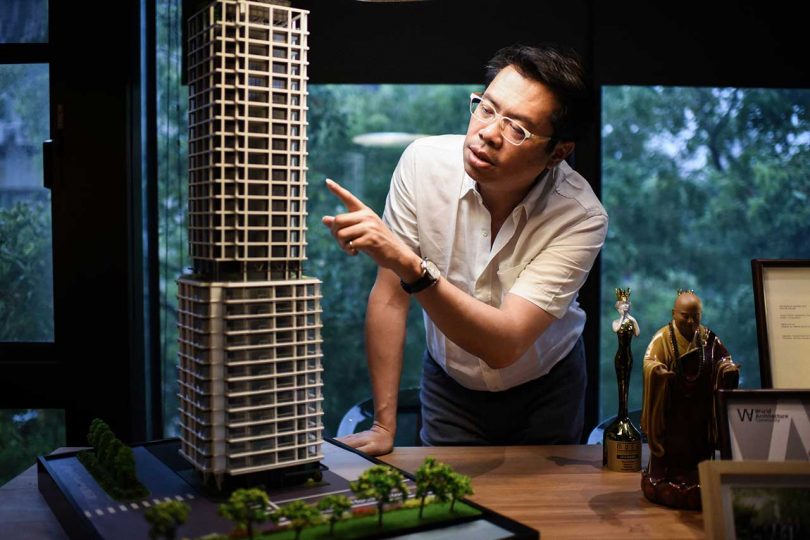

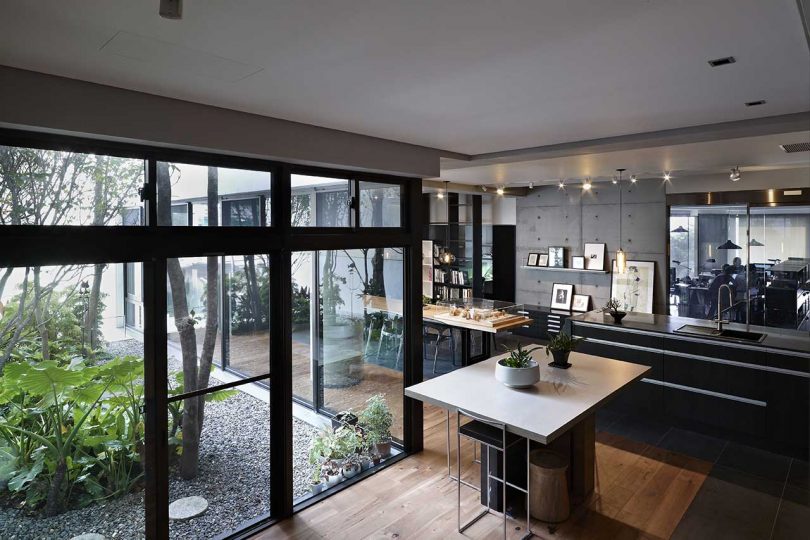
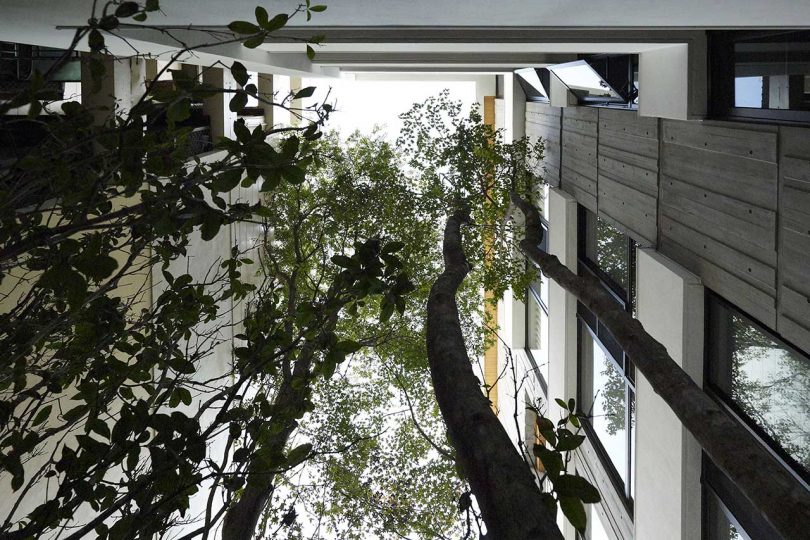
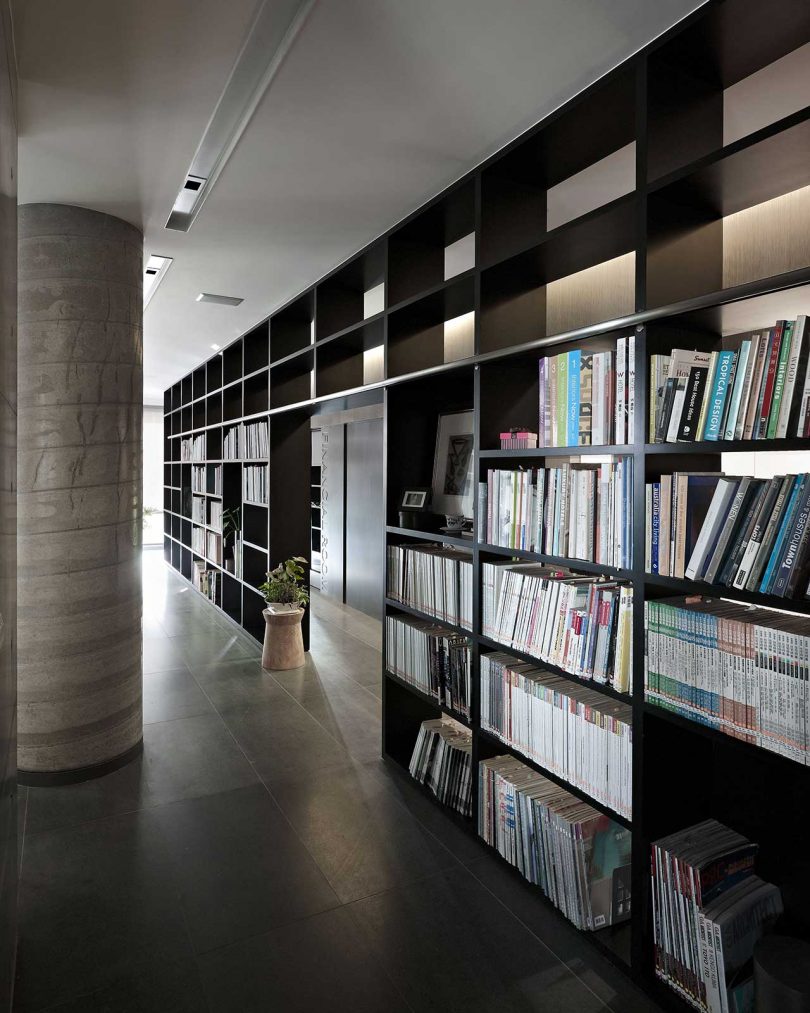


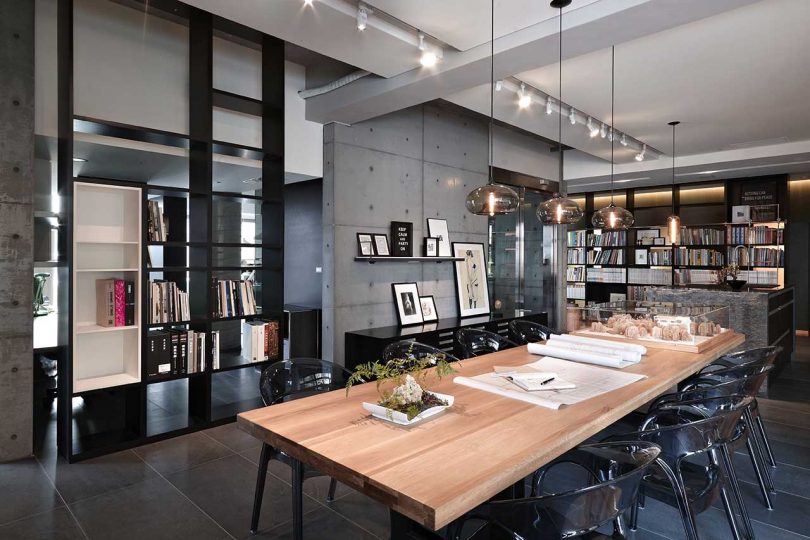

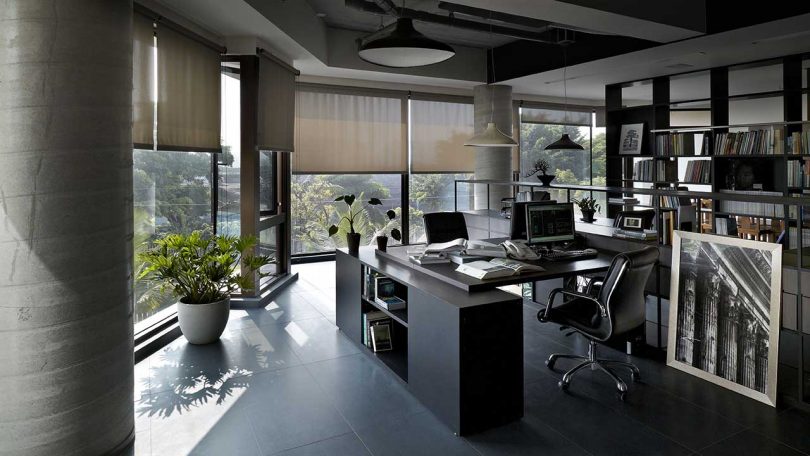

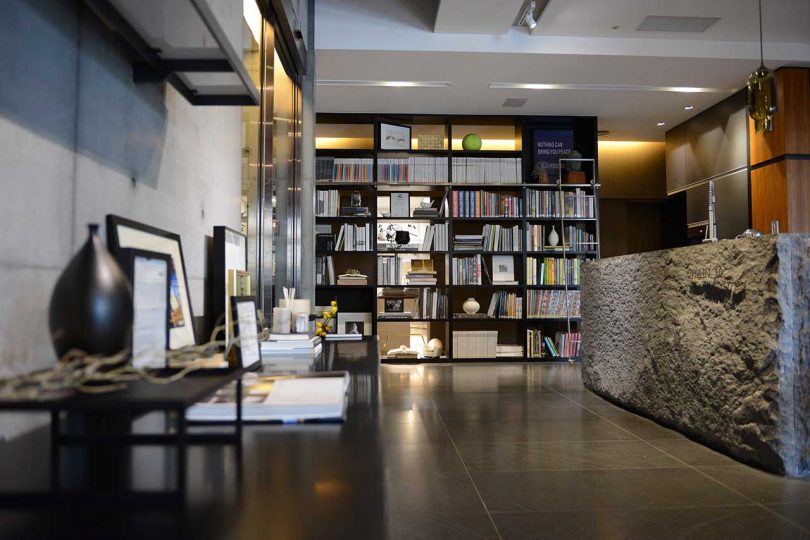

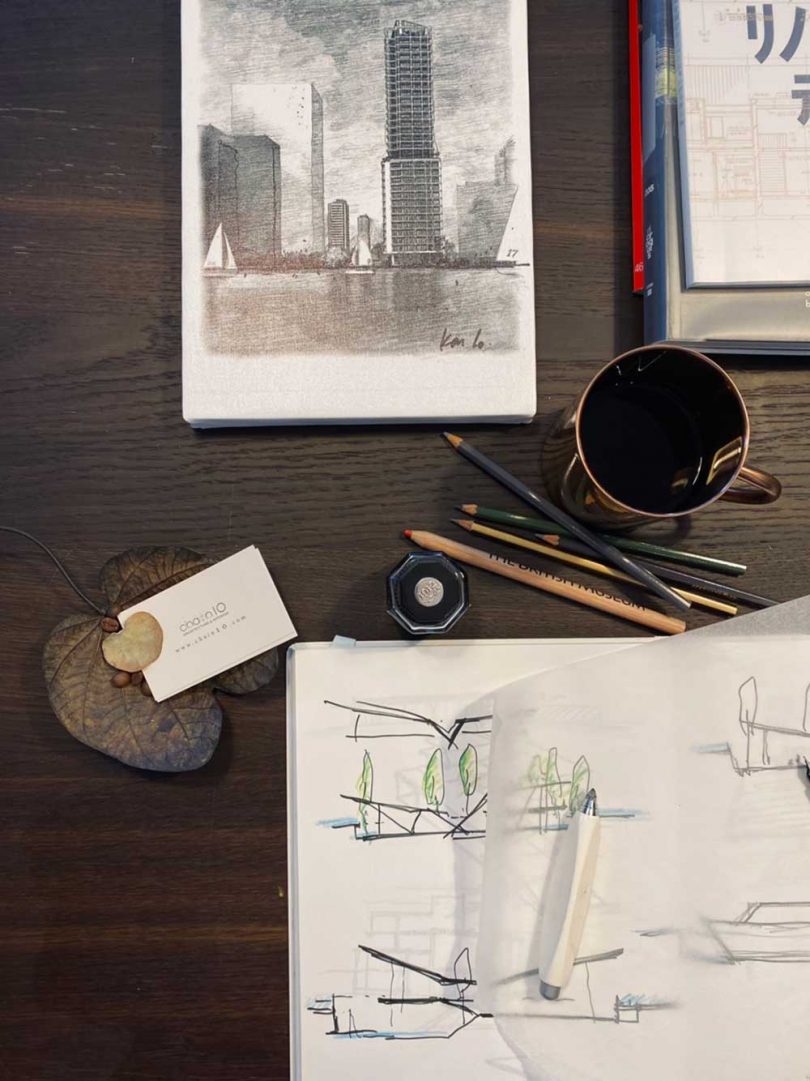
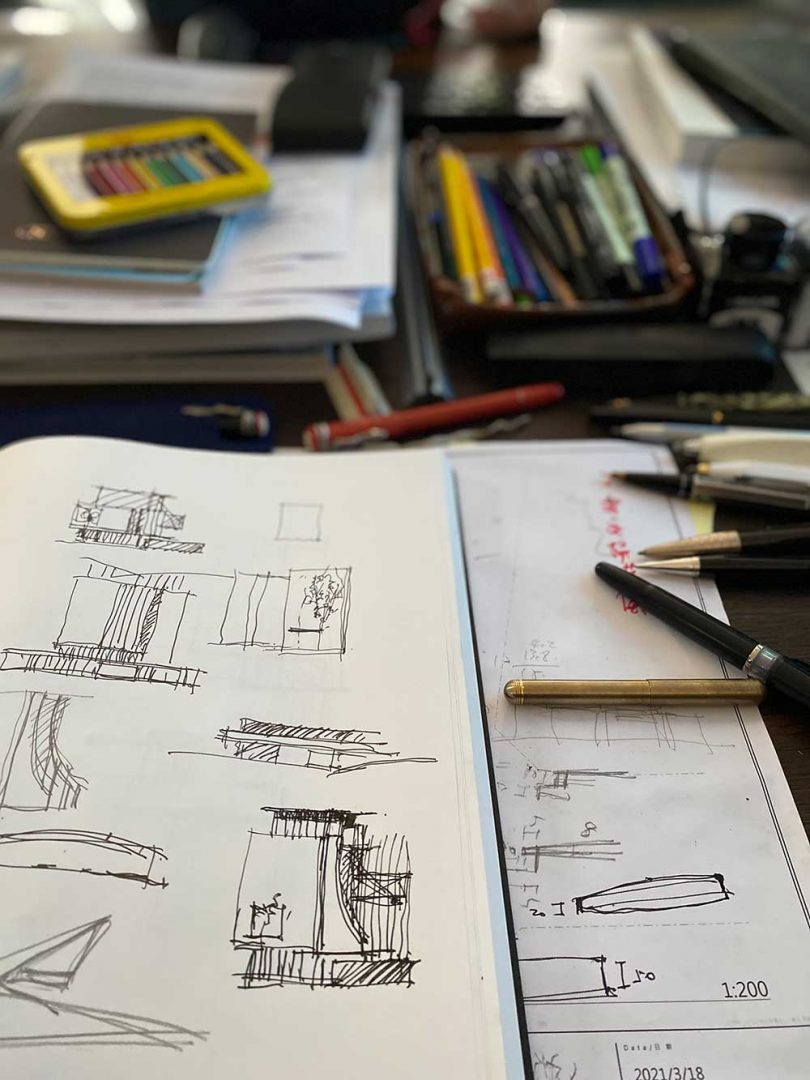

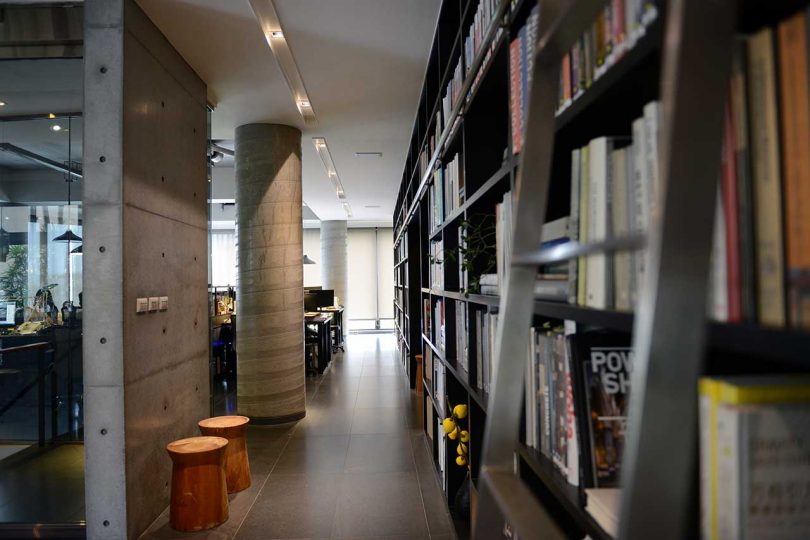
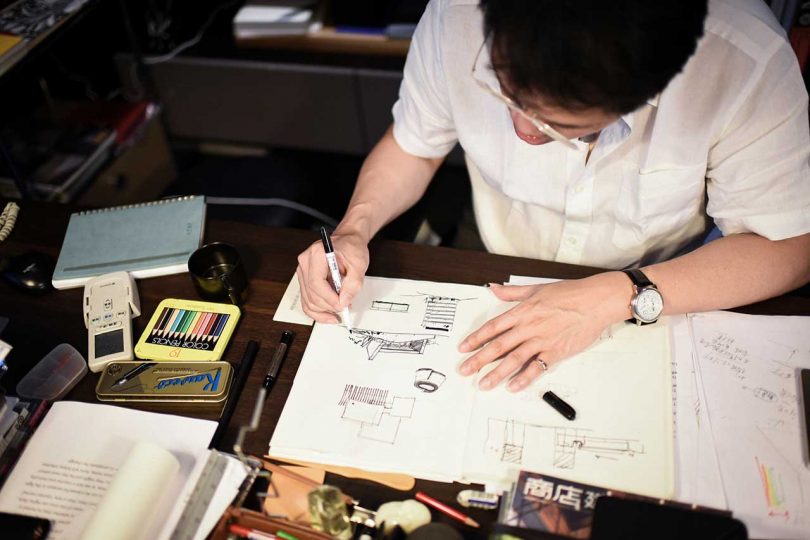
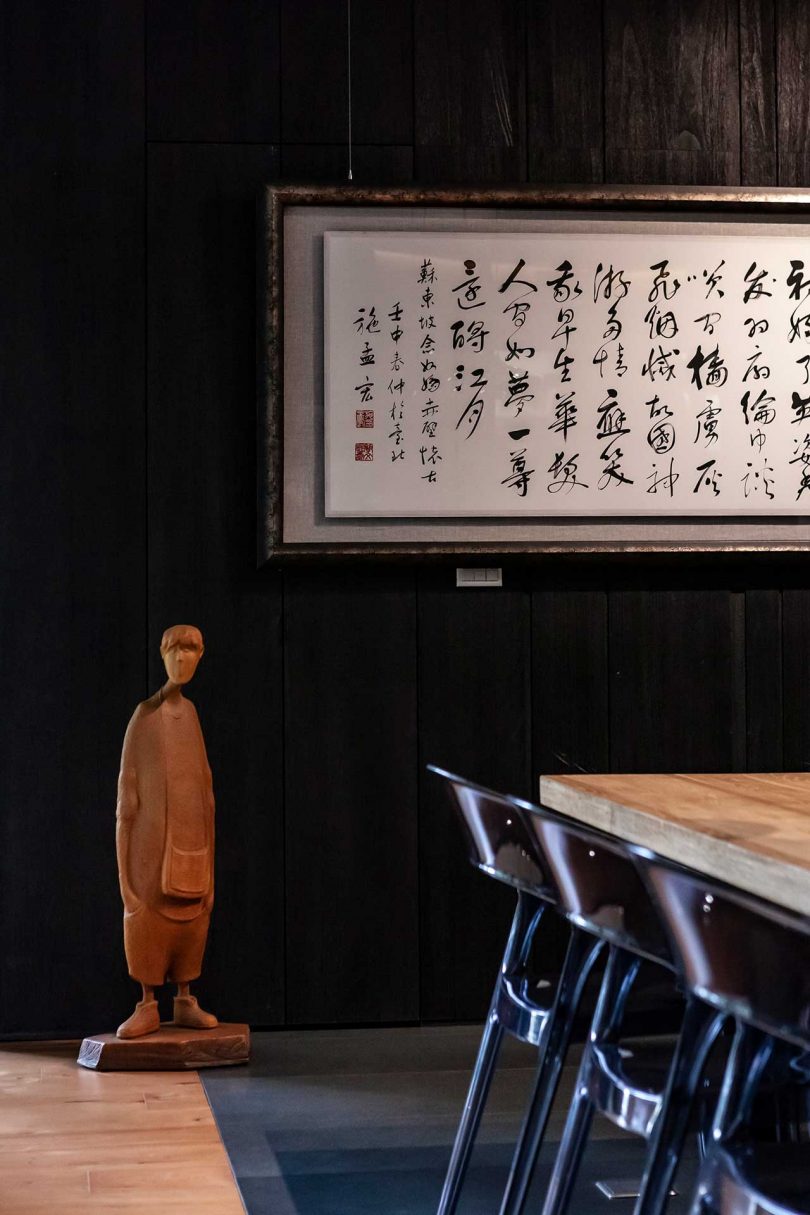
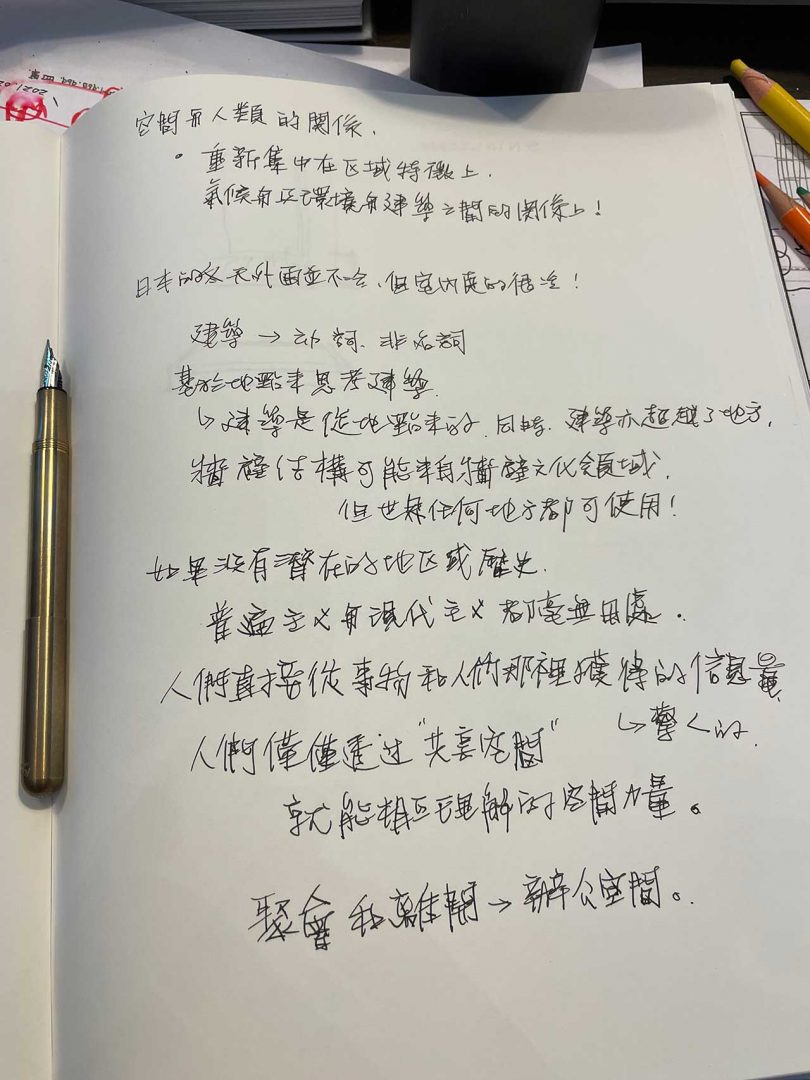
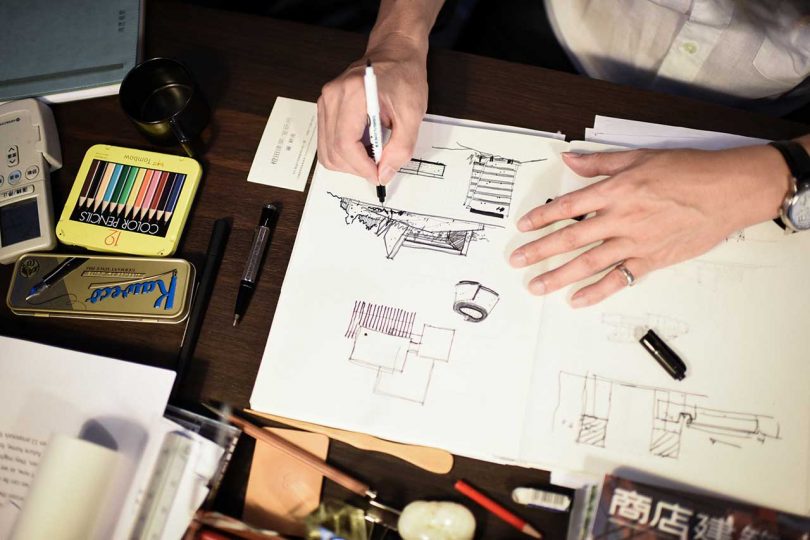
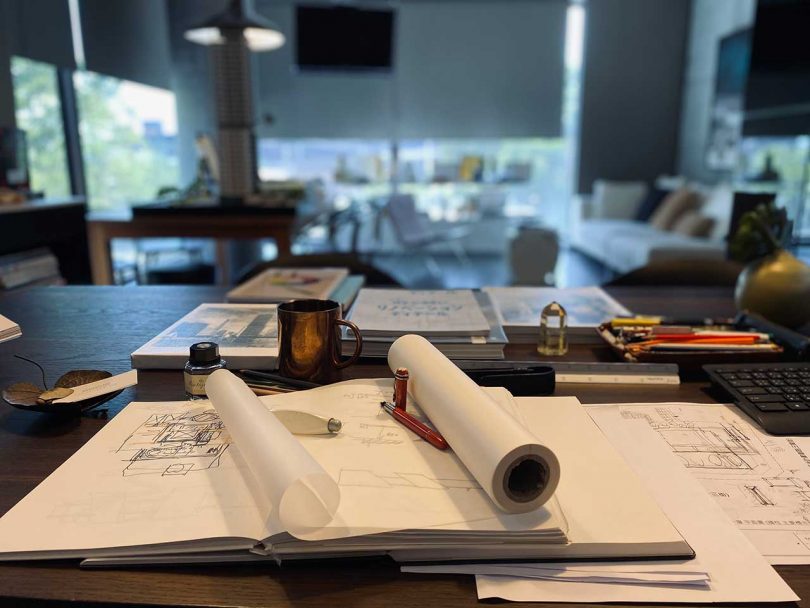
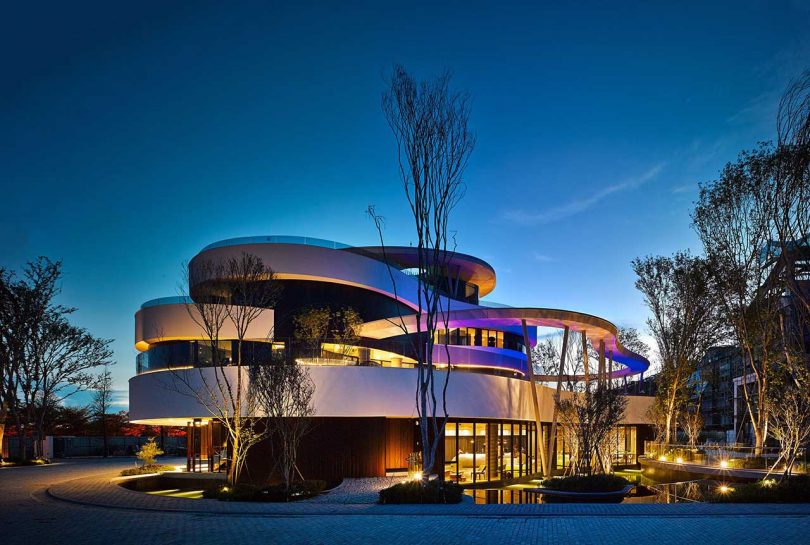

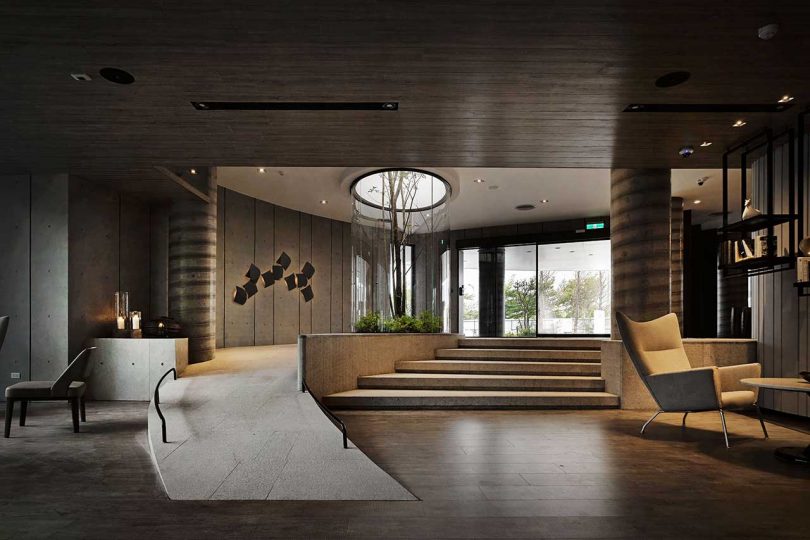
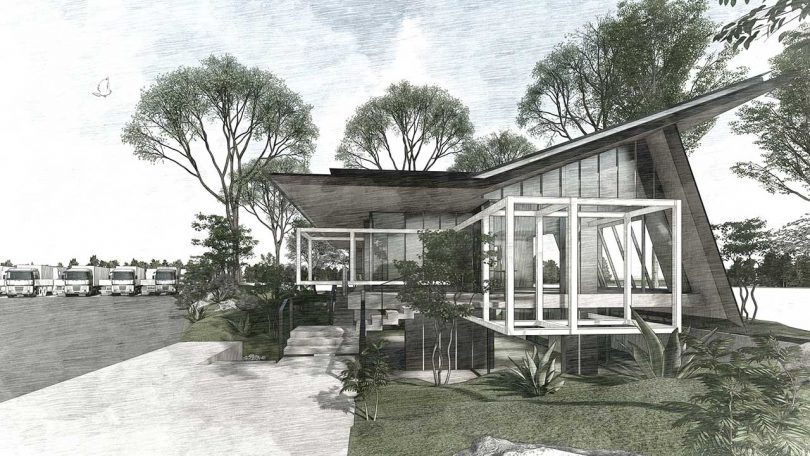
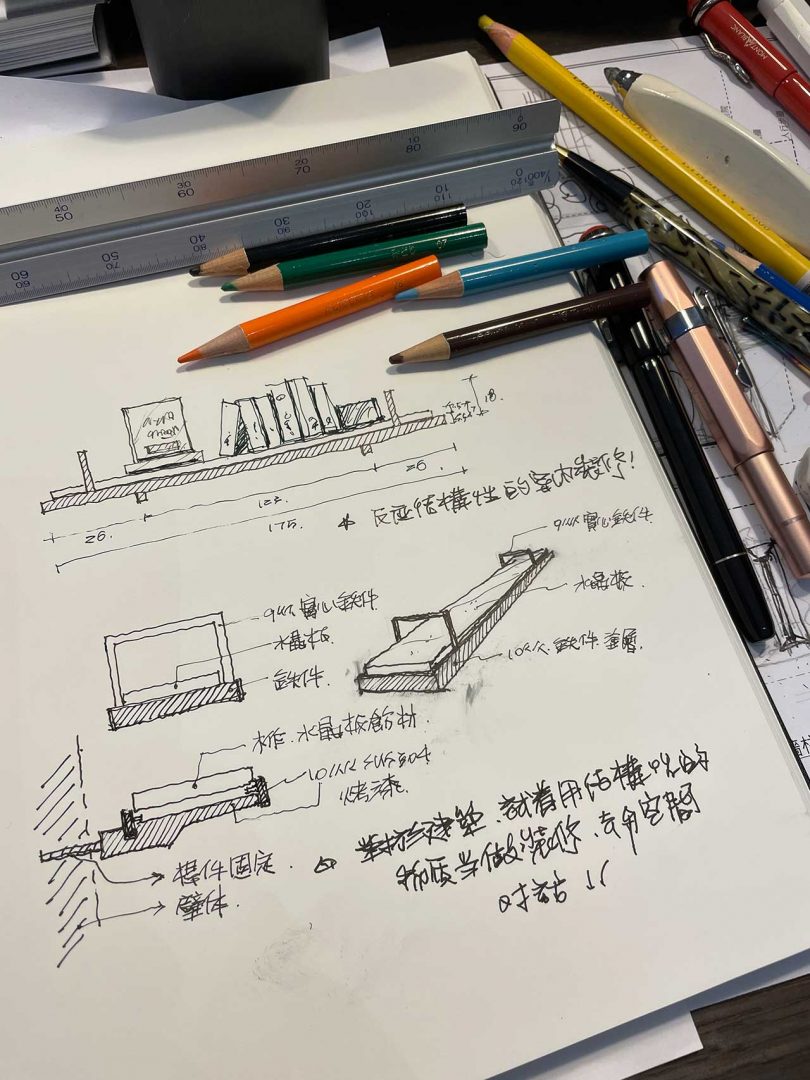
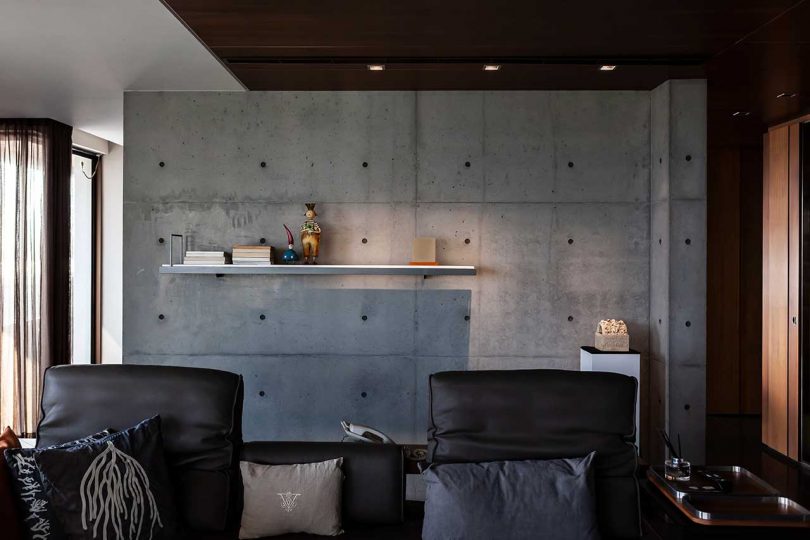
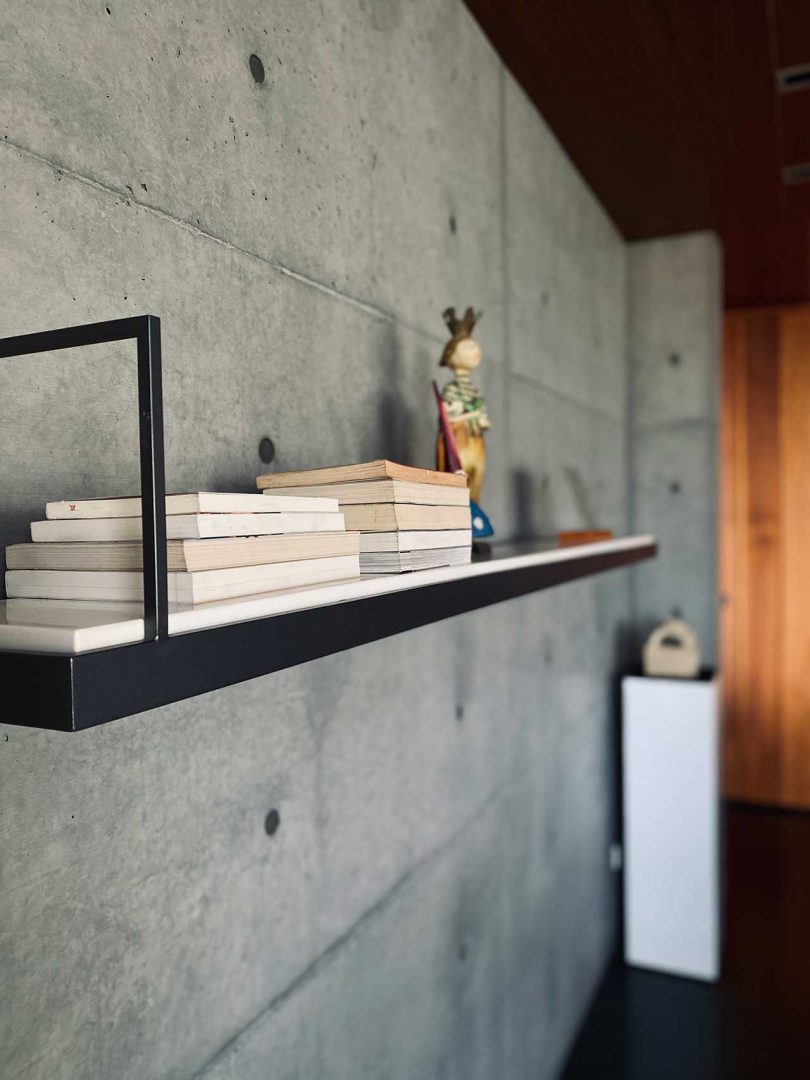
No comments:
Post a Comment